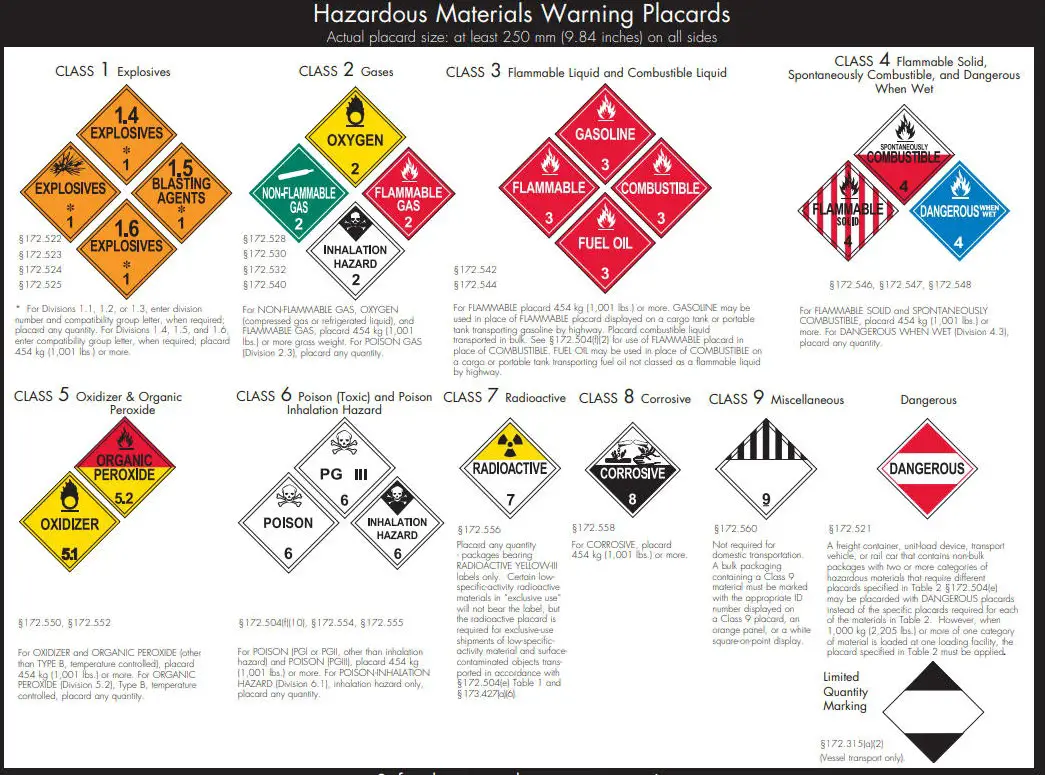How you report generally depends upon who you are and what you are reporting.
Business have a specific protocol and set of requirements for reporting found here.
To report an oil or chemical spill or other environmental emergency that poses a sudden threat to public health use the following phone numbers and government websites:
For chemical spills, CHEMTREC provides access to technical experts on chemical products and hazardous materials, and maintains a large database of Material Safety Data Sheets. CHEMTREC can be reached at (800) 424-9300.
![]()
For releases of hazardous substances, the federal government has established a reportable quantity, or " RQ," that triggers the reporting requirements under the Superfund law. If a hazardous substance is released to the environment in an amount that equals or exceeds its RQ, the release must be reported to federal authorities so that emergency response personnel can evaluate whether a response action is needed. The RQ value is not the only factor used to determine whether federal notification requirements apply. Certain exempt types of releases don't need to be reported everytime an RQ or more is released and others don't have to be reported at all.
Under the Emergency Planning and Community Right-to-Know Act (EPCRA) of 1986, the federal government has designated several hundred as "extremely hazardous substances" based on their acute lethal toxicity. Under the law, releases of these extremely hazardous substances trigger reporting requirements to state and local authorities. Specifically, EPA requires that the owner or operator of a facility that releases an extremely hazardous substance in an amount greater than its established RQ notify the state emergency response commission and the local emergency planning committee established for the location where the incident occurs.
There are over 100 chemicals that are designated as both a Superfund hazardous substance and an EPCRA extremely hazardous substance. In the event of a release of any of these substances, the person responsible for the release is required to contact all of the appropriate federal, state, and local authorities.
A report of a hazardous substance release or oil spill takes only a few minutes.
To report a release or spill, contact the federal government's centralized reporting center, the National Response Center (NRC), at 1-800-424-8802.
Under the Emergency Planning and Community Right-to-know (EPCRA), certain facilities also need to report hazardous substance releases to state and local officials.
The NRC is staffed 24 hours a day by U.S. Coast Guard personnel, who will ask you to provide as much information about the incident as possible, including:
If reporting directly to the NRC is not possible, reports also can be made to the EPA Regional office or the U.S. Coast Guard Marine Safety Office in the area where the incident occurred. In general, EPA should be contacted if the incident involves a release to inland areas or inland waters, and the U.S. Coast Guard should be contacted for releases to coastal waters, the Great Lakes, ports and harbors, or the Mississippi River. The EPA or U.S. Coast Guard will relay release and spill reports to the NRC promptly.
A report of a release of an extremely hazardous substance should be made to the state emergency response commission (SERC) or the local emergency planning committee (LEPC) established for the location where the incident occurred. To identify the appropriate SERC and LEPC, contact the EPCRA Hotline at 1-800-535-0202.
All reports of hazardous substance releases and oil spills made to the federal government are maintained by the National Response Center. The NRC records and maintains all reports in a computer database called the Emergency Response Notification System, which is available to the public. The NRC is staffed 24 hours a day by U.S. Coast Guard personnel. The NRC relays the release information to an EPA or U.S. Coast Guard On-Scene Coordinator (OSC), depending on the location of the incident. In every area of the country, OSCs are on-call and ready to respond to a an oil or hazardous substance release at any time of the day. After receiving a report of a release, the federal OSC evaluates the situation and, if the OSC decides that a federal emergency response action is necessary, the National Response System is activated.
The EPA list of more than 600 chemicals that must be reported to the State Emergency Response Committee and Local Emergency Planning Committees under the Toxics Release Inventory.

Ways to save money AND help the environment:
Eat healthier AND save money: Instant Pot Duo Crisp 11-in-1 Air Fryer and Electric Pressure Cooker Combo with Multicooker Lids that Fries, Steams, Slow Cooks, Sautés, Dehydrates
Save water AND money with this showerhead adapter, it lets the water flow until the water is hot, then shuts off water flow until you restart it, ShowerStart TSV Hot Water Standby Adapter
Protect your health with these:
Mattress Dust mite-Bedbug protector, 100% Waterproof, Hypoallergenic, Zippered
Handheld Allergen Vacuum Cleaner with UV Sanitizing and Heating for Allergies and Pet, Kills Mite, Virus, Molds, True HEPA with Powerful Suction removes Hair, Dander, Pollen, Dust,
Immune Support Supplement with Quercetin, Vitamin C, Zinc, Vitamin D3
GermGuardian Air Purifier with UV-C Light and HEPA 13 Filter, Removes 99.97% of Pollutants
5 Stage Air Purifier, Features Ultraviolet Light (UVC), H13 True Hepa, Carbon, PCO, Smart Wifi, Auto Mode, Quiet, Removes 99.97% of Particles, Smoke, Mold, Pet Dander, Dust, Odors
Interesting Reads:
THE PREPPER'S CANNING & PRESERVING BIBLE: [13 in 1] Your Path to Food Self-Sufficiency. Canning, Dehydrating, Fermenting, Pickling & More, Plus The Food Preservation Calendar for a Sustainable Pantry
The Backyard Homestead: Produce all the food you need on just a quarter acre! Paperback
The Citizens' Guide to Geologic Hazards: A Guide to Understanding Geologic Hazards Including Asbestos, Radon, Swelling Soils, Earthquakes, Volcanoes
The Uninhabitable Earth: Life After Warming
Book: The Sixth Extinction: An Unnatural History Paperback